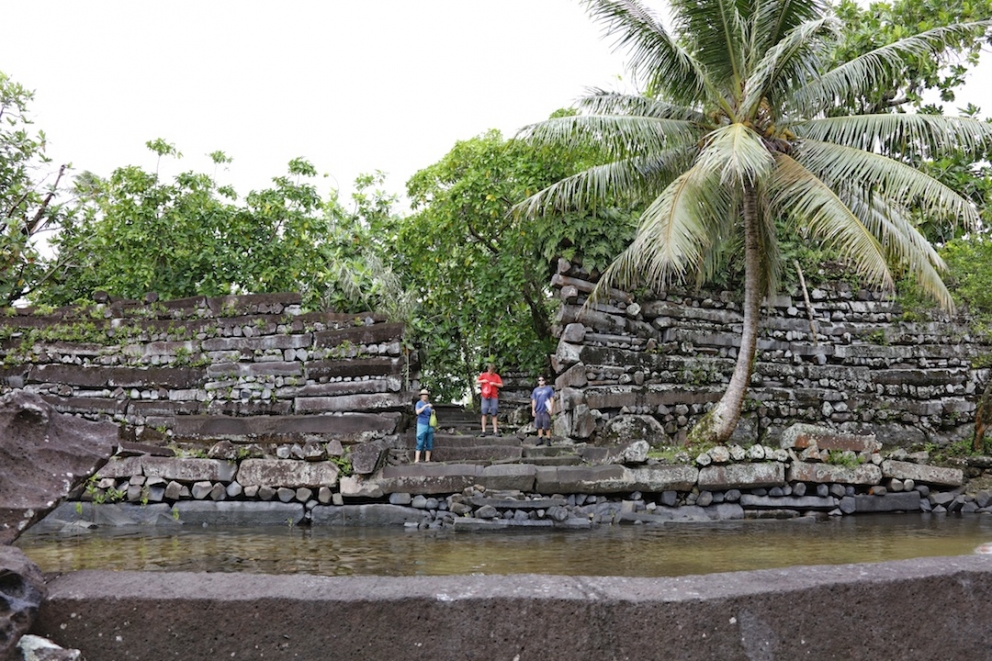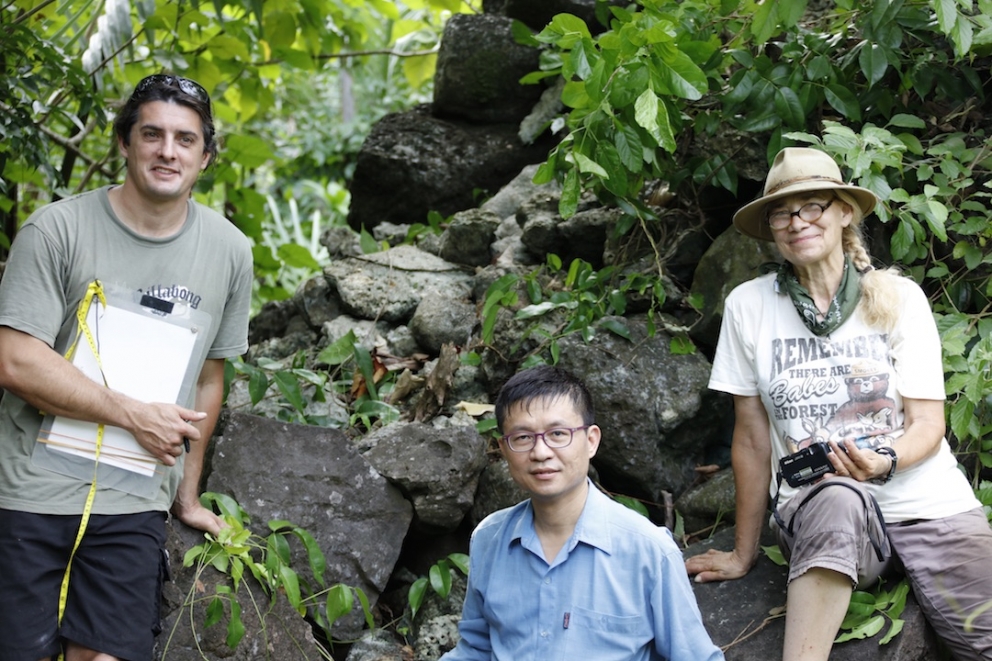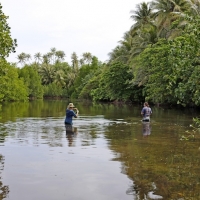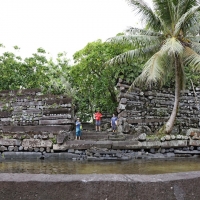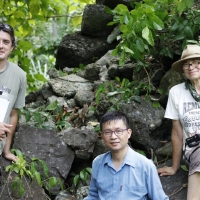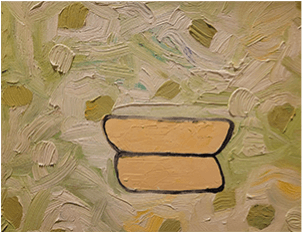Professor Gains UNESCO Designation for Micronesia Ruins
Nan Madol is an archaeological wonder; a ceremonial center constructed hundreds of years ago from black rock and coral in what is now a remote corner of Micronesia. But in terms of South Pacific destinations, it has sat in relative obscurity, overshadowed by more traditionally glamorous destinations like Easter Island and Tahiti.
That may be about to change. Professor of anthropology Dr. Felicia Beardsley is helping to put the ancient city back on the map, on par with famous landmarks such as the Great Wall of China, the Palace of Versailles and the Taj Mahal.
Beardsley is part of a team that added Nan Madol to the United Nations Educational, Scientific and Cultural Organization’s (UNESCO) World Heritage List. It is the first site from the Federated States of Micronesia to receive the designation, which means it is now eligible to receive funding for preservation and development. The site appeared on UNESCO’s list in July.
“It is phenomenal,” Beardsley said. “It is so satisfying to know you played a role in getting the city inscribed.”
Buildings, cities, monuments and other locations can be designated world heritage sites if they meet certain criteria relating to architectural, historical and cultural magnificence.
Nan Madol lies off the coast of the island of Pohnpei in Micronesia. It is the only ancient city in the world built on top of a coral reef, according to Smithsonian Magazine. Beginning in 1200 AD, the small island population mined, moved and maneuvered an estimated 2,000 tons of volcanic rock every year for at least three to four centuries without pulleys, levels, metal tools or wheels, Beardsley wrote in the 658-page nomination report.
Massive sea walls surrounding the structures, and the fact that Nan Madol does not see many typhoons, have protected the site from major decay.
Beardsley, who has been a Pacific Island archaeologist for more than 30 years, said getting Nan Madol on the UNESCO list took time and delicate communication. The island’s high chief distrusted the government, but eventually agreed the designation would help Pohnpei’s economy.
Now, Beardsley and others are working to add more content to the UNESCO report, including a documentation of statues and petroglyphs on the island, as well as the coral used in constructing the city. They took samples of the coral to date them.
“This will give us dates within a few years of the construction of the islets,” she said.
Students from College of Micronesia collected oral histories from island residents in celebration of being placed on the World Heritage Site list.
Beardsley and other researchers are keeping an eye on the effects of climate change on the island. Rising sea levels and increased storms have contributed to sedimentation and increased vegetation growth, which threaten to tear some of the islets apart.
But having government support will help to keep the once-hidden piece of history alive.

